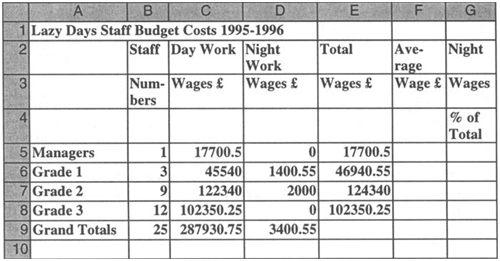Authors
David Chadwick, Joan Knight, & Phil Clipsham
Abstract
Much research has been undertaken towards determining why programming errors occur during systems development and this has resulted in improved techniques for use by practitioners and teachers.
However, little research has been done on errors occurring in end-user applications such as spreadsheets that are not developed under formal system development guidelines. The approach taken in the research reported here is that many of these errors are due to an education process that concentrates on teaching 'how to do things correctly' but ignores 'how to avoid doing things incorrectly'.
Research into the development of spreadsheets has identified common errors made by end users in industry and by students whilst learning. It has been shown that there is a correspondence between industry and education in the types of errors made. From this has developed an approach which, in addition to teaching correct methods of building systems, implicitly addresses the common errors identified above.
Sample

This simple example spreadsheet was used throughout the research. Students and experienced industry users made similar errors, including:
- Incorrect use of built-in functions.
- Relative/absolute reference copying errors.
- Overwriting cells.
- Circular reference errors.
- Faulty logic.
- Inconsistent formatting.
Publication
1997, Integrity and Internal Control in Information Systems, Volume 1, December, pages 273-292
